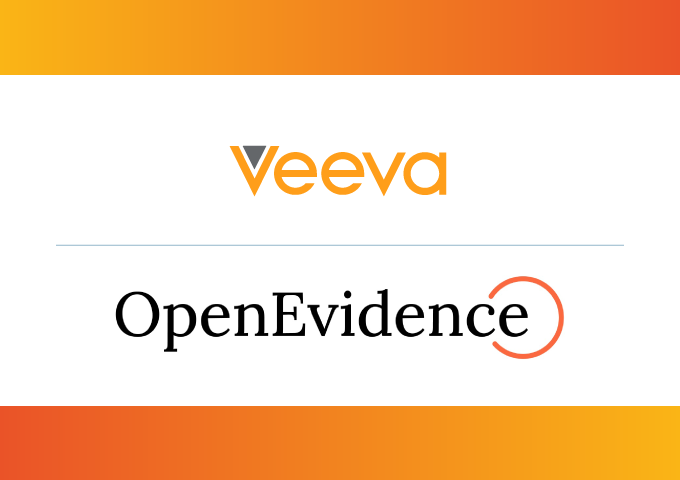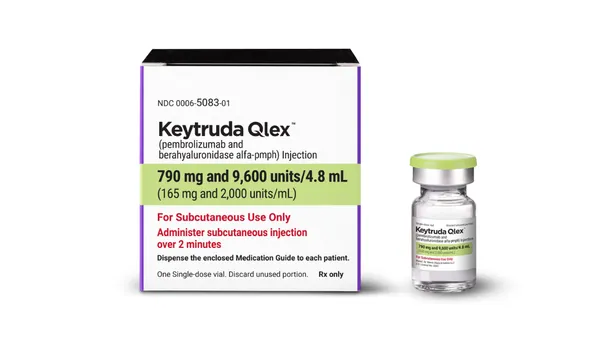Letter From The Editor Outcomes data can be used throughout an organization both vertically and horizontally and at various levels. But first, an organization must identify its definition of outcomes and how it will use the outcomes data. This definition will be driven by the organization’s internal activities, as well as its external customers’ needs. According to industry experts, an organization must determine what is strategically important, develop indicators to be measured, identify measurements for the indicators, and then track those significant indicators. Increasingly, pharmaceutical companies, managed-care organizations, insurance companies, and government payers such as Medicare and Medicaid have been conducting outcomes studies and using data that assess a product’s value to patients against its cost. Limits on reimbursement for prescription drugs are expected to have a long-term impact on drug development. To address payer concerns, companies will need to have data on cost versus utility, and those data come from outcomes studies. According to Jay M. Canter, M.S., VP of global business development at Assist Technologies, Medicare and insurance companies have a limited amount to spend on reimbursement, so there will start to be increased limits placed on healthcare spending, including drugs. “Those limits will be dictated based on cost verses utility, and the utility comes from outcomes studies,” he says. “It is not going to be business as usual in the pharmaceutical industry and that is going to start to impact the way that pharma companies develop drugs. Companies are going to have to be cognizant of the fact that just because a drug gets approved, doesn’t necessarily mean the drug will receive reimbursement.” According to Laurie B. Burke, R.Ph., MPH, director, study endpoints and label development, at the Office of New Drugs, Center for Drug Evaluation and Research, Food and Drug Administration, the goal of outcomes management is to decrease inefficiencies and eliminate waste in the healthcare environment by reducing the unnecessary use of drugs where they are not optimal in getting the right treatment to the right patients at the right time. “The optimal goal of outcomes management and outcomes research is to improve the quality of patients’ lives,” she says. Ms. Burke adds that companies that take this approach will reduce safety problems and improve the effectiveness of treatment because medicines will be given to those patients who are going to respond. While clinical-trial evidence provides regulators and physicians with proof that a drug is safe and efficacious for the indication it is intended for, regulators, physicians, and payers need and want to look beyond this somewhat narrow view to understand both the long-term effect and cost benefits. Health outcomes data provide a full assessment of how a drug is performing when it is used in real-world situations. “Currently pharmaceutical research produces two things: efficacy and safety information,” says Thomas Young, M.D., senior VP and corporate medical director at Connextions Health. “Trials to determine that information are almost always placebo-controlled. There are not a lot of head-to-head trials in pharmaceutical research. Over time that information tends to sort out physician-use patterns. Outcomes studies of this type are useful if done in a format that addresses whether one drug produces a better result in the population than another does. In other words, taking the information we get from trials and relating it to the mainstream of what is actually happening to the patient.” Taren Grom Editor Dr. Thomas Young Practicing physicians find it difficult to see what the intervention or treatment does in the long term and how it really impacts the patient. Outcomes data can impact that area.
An article from











